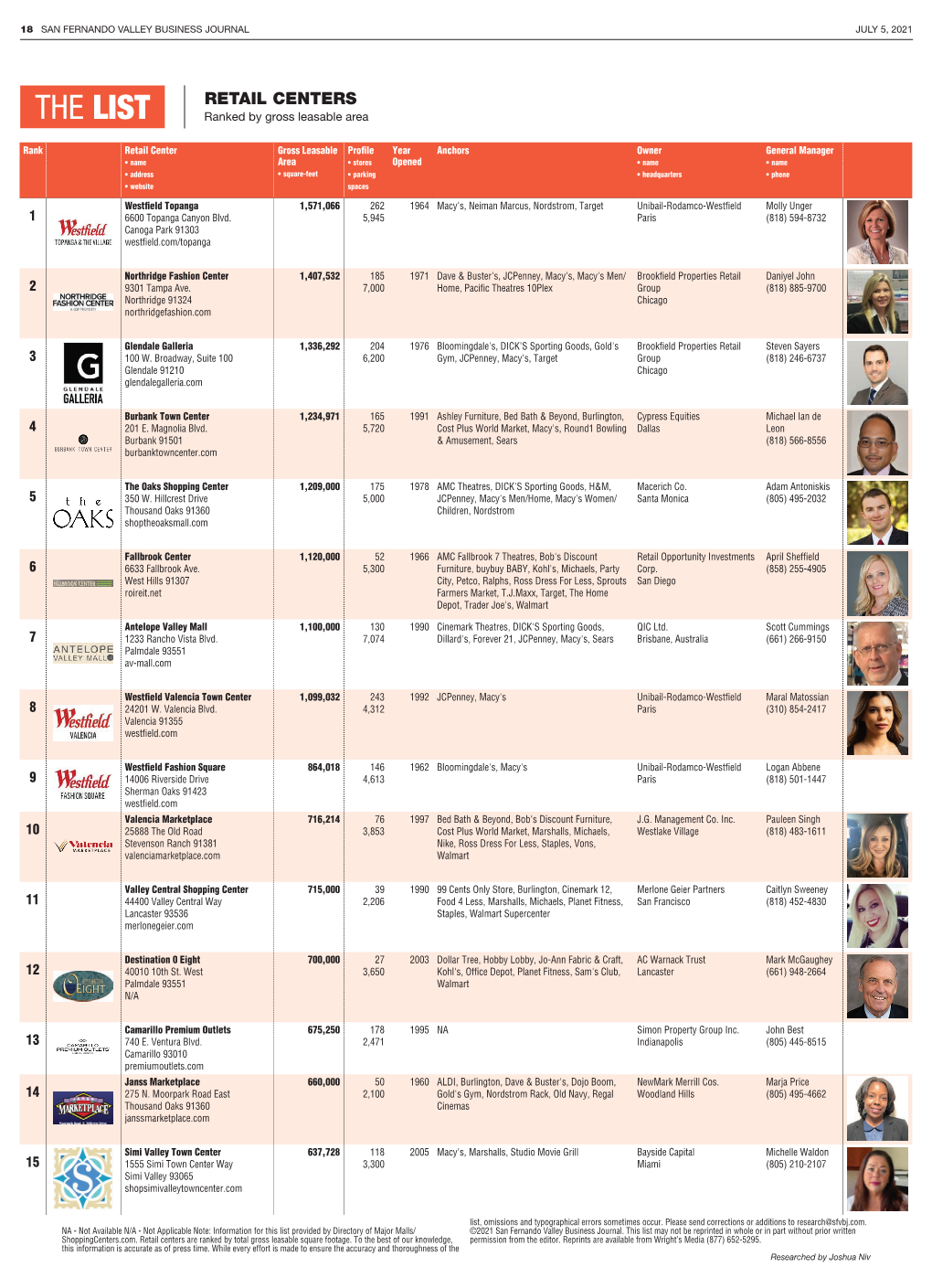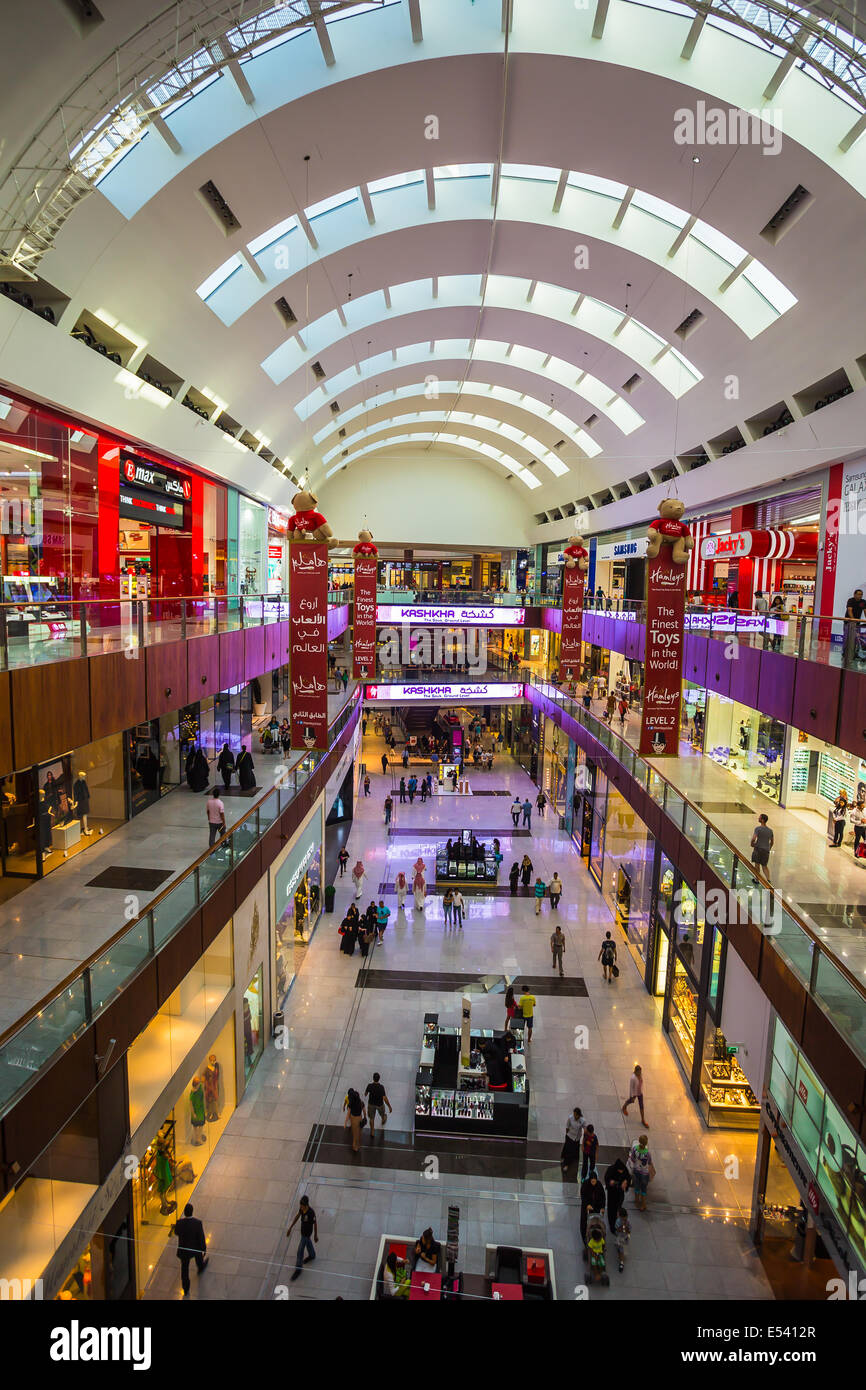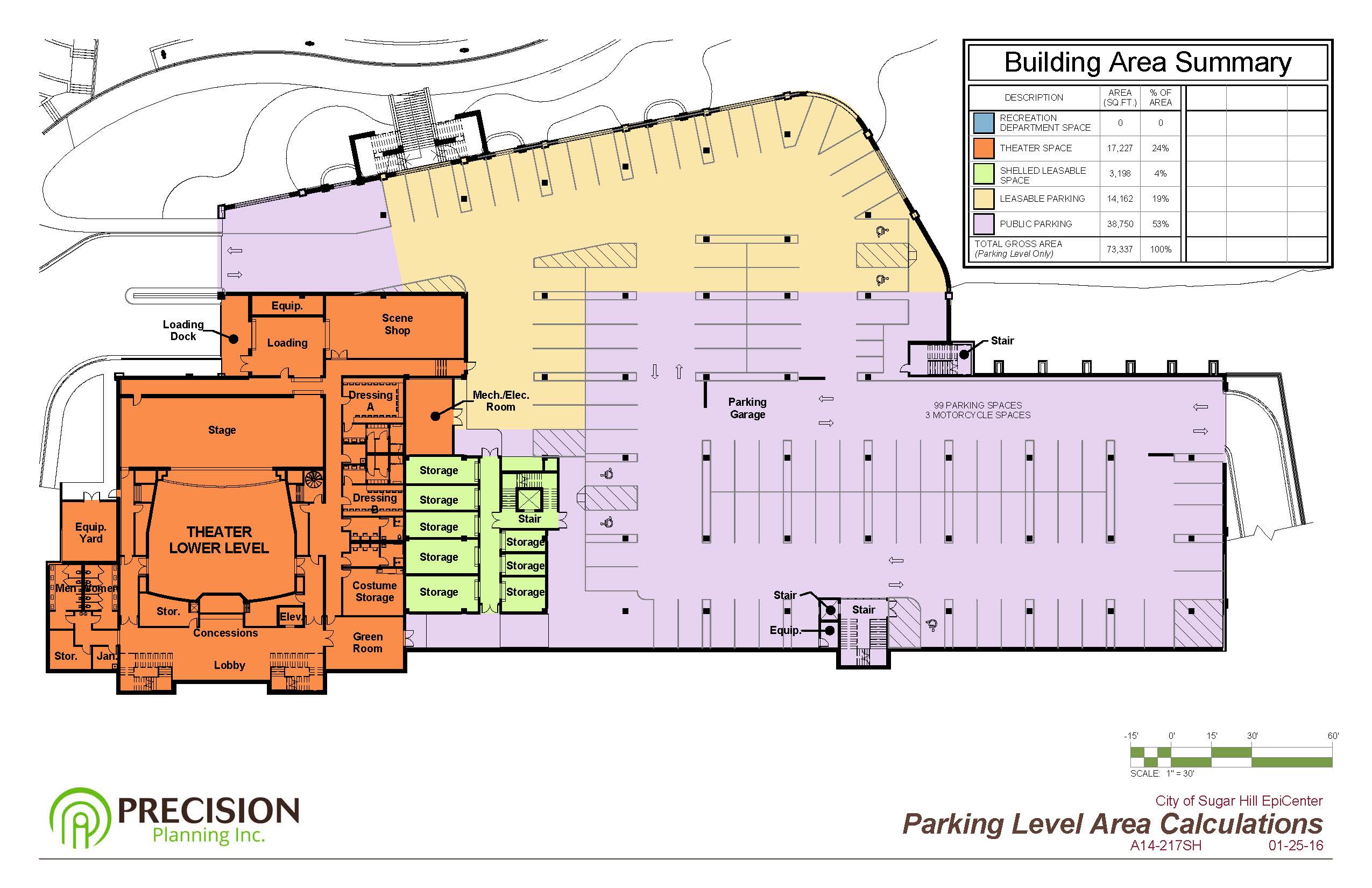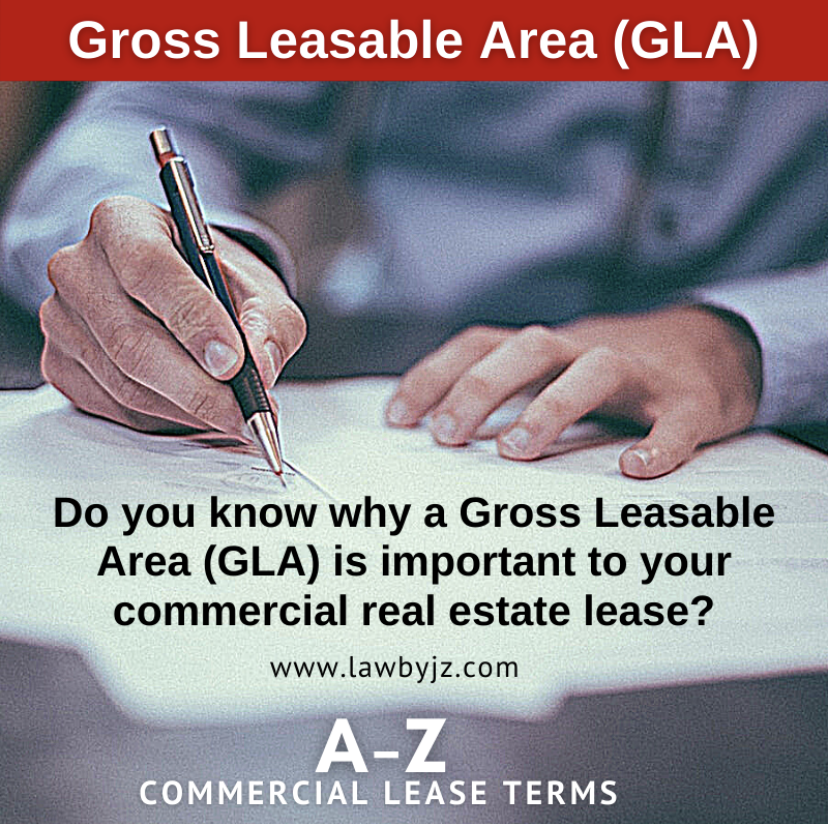
WHAT IS A GROSS LEASABLE AREA ? YouTube
Gross Leasable Area, often called GLA, refers to the total floor area designed for tenant occupancy and exclusive use. It includes the base area of the premises plus any mezzanines, balconies, or loft areas that the tenant can utilize. GLA excludes areas that are devoted to the common areas of the building, such as lobbies, restrooms.

Biggest Shopping Mall in the World by Gross Leasable Area (2018) YouTube
BOMA Best Practice #4-Are common areas apportioned to the Gross Leasable Area of retail tenants?(Also applicable to ANSI/BOMA Z65.1-2010) BOMA Best Practice #7-Does BOMA International certify that an individual, company or system can perform BOMA calculations?If not, how can BOMA floor area measurements and calculations be certified?

THE LIST Ranked by Gross Leasable Area DocsLib
Gross leasable area, or GLA, is the area in a commercial property designed for the exclusive use of a tenant. GLA typically includes mezzanines, basements, or upper floors, but shared areas, such as public bathrooms or maintenance areas. Gross leasable area is usually measured from the center of the wall separating tenants.

Top 15 biggest malls in the world by gross leasable area in 2022 (2023)
Gross Leasable Area is the space within a commercial property that is designed for the exclusive use of one or more tenants. This real estate term is most commonly used in Office, Retail, and Industrial properties where it is necessary to distinguish between the areas that are part of the lease square footage calculation and those that are not.

DUBAI, UAE OCTOBER 31 World's largest shopping mall based on total area and sixth largest by
The gross leasable area is the total area designed for exclusive use by a commercial tenant plus common areas, elevators, common bathrooms, stairwells, and other parts of the building the tenant doesn't actually occupy. If the building is leased to a single tenant, then the gross leasable area is equal to the gross floor area.

Understanding Commercial Lease Floor Areas Gross vs Net Leasable Area CREOP
Gross leasable area (GLA) is calculated by measuring the area from the center of a wall or other partition that separates tenants from the lease line in common areas. It also takes into account any walls that are not shared with other tenants. This includes basements, mezzanines, or upper floors that a tenant can potentially utilize.

E Center Leasable Space Diagrams E Center Sugar Hill
The most important difference to understand between usable and rentable square feet is that it is the rentable, not the usable, that will be used to calculate your annual rent expense. Because the rentable square feet is often higher than the usable for a space, it is imperative that you use the correct measurement when evaluating your budget.

Gross Lettable Area Surveys Free Quotations
GLA, or Gross Leasable Area, is a key measurement used to determine the total floor space present within a commercial property that may be leased to tenants. This metric does not include various common areas of these properties, such as lobbies, restrooms, and hallways. GLA focuses exclusively on spaces that produce rental income.

Gross lettable area Definition Gmaven CRE Dictionary
Gross leasable area, or GLA, is the amount of space in a commercial building that can actually be rented by a tenant. In reality, the gross leasable area of a building includes all the common areas, elevators, common bathrooms, stairwells, and other portions of the building that the tenant doesn't occupy (regularly).

What is Gross Living Area (GLA) and How Do You Calculate It?
The Gross Leasable Area in commercial, often abbreviated as GLA, is a measure of the total space available for rent in a commercial property. This includes all the areas that a tenant can use exclusively, such as shops, offices, storage spaces, etc. It excludes common areas like lobbies, restrooms, and corridors.

Top 15 Biggest Malls in World by Gross Leasable Area (GLA) 2020 YouTube
Net Leasable Area (NLA), Limited Common Area (LCA), and Gross Leasable Area (GLA) Often, price negotiations take longer between tenants and landlords because of the definition of NLA, LCA, and GLA. Tenants would expect rental prices to be based on the measurements advertised in the brochures, which typically represents only the Net Leasable.

DUBAI, UAE OCTOBER 31 World's largest shopping mall based on total area and sixth largest by
Gross leasable area (GLA) is calculated by measuring the area from the center of a wall or other partition that separates tenants to the lease line in common areas. It's all about considering any walls that aren't shared with other tenants in the overall calculation.

Gross Leasable Area (GLA) Commercial Real Estate Terms Law By JZ
GIA, Gross Internal Area is another metric that commercial real estate professionals use to calculate the floor area of a building during the leasing or sales process. GIA typically incorporates all the areas measured by the gross leasable area but adds maintenance areas, ducts, machinery rooms, pumps, and public toilets.

GLA (Gross Leasable Area) w normach BOMA, Tegova i PNISO 98361997 INVESTOR Real Estate Expert
Gross leasable area (GLA) measures the total floor space that could be leased within a building. It can be thought of as the potential leasable space before any common areas (e.g. entryways, lobbies, public restrooms, etc.) are built in. In this way, GLA includes both exclusive and common spaces that tenants use.

GLA Gross Leasable Area in Commercial Real Estate — Commercial Real Estate Loans
Gross Leasable Area (GLA) Term used in retail leasing. It is generally the floor area available for the exclusive use of a retail tenant measured to the outside face of exterior walls and the centerline of demising walls separating tenants. Includes basements and mezzanines. The total enclosed floor area designed for the exclusive use of an.

Gross Lettable Area vs Net Lettable Area Explained
Gross Leasable Area (GLA) is the total floor space that is available for lease within a commercial property. It includes all areas that can be leased by tenants, including retail space, office space, storage areas, and common areas such as hallways and restrooms.